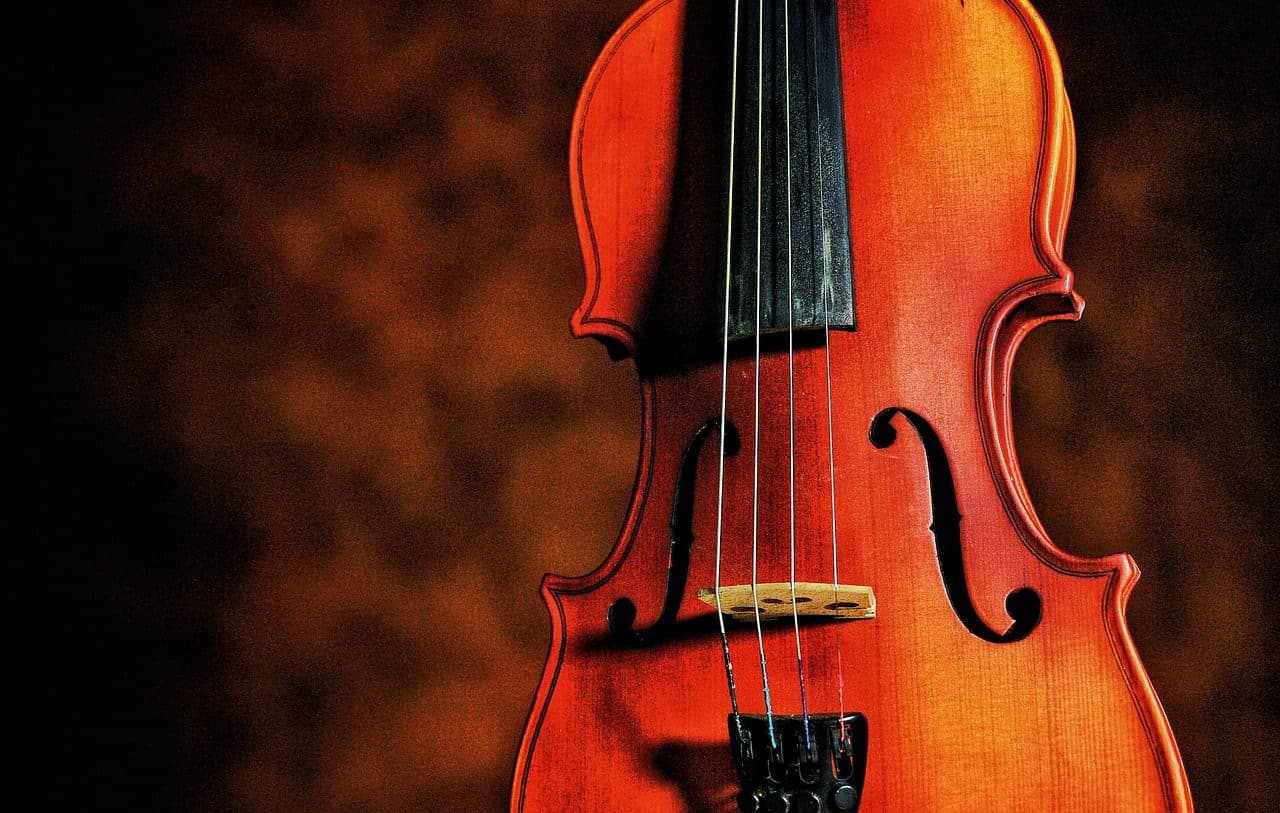
The viola is similar to the violin.
The viola is a musical instrument equipped with strings , which is played with a bow. It is an instrument similar to the violin , although larger and capable of producing lower-pitched sounds.
Emerging in the 14th century , the viola has four strings that are tuned in intervals of fifths. The lowest string is C and it is followed by G , D and A. It should be noted that the viola's tessitura is located between the bass sounds of the violin and the treble sounds that a cello can generate.
Types of viola
Throughout history , different types of viola were created, with different numbers of strings and particular characteristics.
In this sense, one can name the viola de amor (which consists of fourteen strings, although only seven are played), the viola da gamba (six strings that are tuned in fourths), the viola de arco (traditional of medieval music ), the viola da braccio (played resting on the shoulder or chest), the bastard viola (also called lira viola) and the pompous viola (five strings).

There are different types of viola.
Composers and violists
George Philipp Telemann was the creator of the first viola concerto , presented in 1731 . Soon after, many composers contributed their creations, such as Carl Friedrich Zelter , Franz Anton Hoffmeister , Johann Stamitz , Lionel Tertis , Johann Christian Bach and Johannes Brahms .
Among the leading contemporary violists, notable are the American Joseph de Pasquale , the German Tabea Zimmermann , the Frenchman Gérard Caussé , the Japanese Nobuko Imai , and the Swiss (born in Belarus ) Viacheslav Dinerchtein .
viola sound
Just like the violin, cello and double bass, the viola is an instrument capable of producing sounds of great beauty, but it requires considerable dedication to learn to play it, in addition to great motor skills and deep musical perception . Among the difficulties that the viola poses is the fact that it is not a tempered instrument , that is, it does not simply have the twelve sounds that we find in an octave according to the discoveries of JS Bach , who gave rise to the Tempered System .
Unlike tempered instruments, among which we find the piano, those with fretted strings (such as the guitar ) and those with pistons or keys (such as the trumpet and clarinet), the viola requires the musician to find the different sounds. and memorize the position of each one of them, since the tuning depends directly on the point at which we press each string. This makes the first stage of learning very arduous, both for the student and their environment, as they must endure very out-of-tune and strident sounds for weeks.
Its parts
Among the most important parts of the viola are the following:
- The body : it is the largest, since it represents almost the entire instrument. Traditionally, it is made of wood .
- The chin rest : an oval piece of plastic or wood on which the musician rests his chin.
- The tailpiece : it is located near the anterior and is one of the two ends to which the strings cling.
- The pegs : where the strings are wound, with different degrees of tension to achieve the desired tuning.
- The bridge : usually has a lighter color than the rest of the pieces, and serves to hold the strings close to the pegs.
Viola as a conjugation of violate
The word violates, on the other hand, also corresponds to the conjugation of the verb violate in the second person singular, in the Present tense of the Indicative mood: "he or she violates."
Regarding this verb, its meaning is broad, since it can be understood as: violating a treaty, a promise, a precept or a law ; having sexual relations with a person against their will , whether they are conscious or unconscious; or desecrate a sacred site. It is worth mentioning that viola can also be a noun, and in this case it means "a place where violets are planted."
